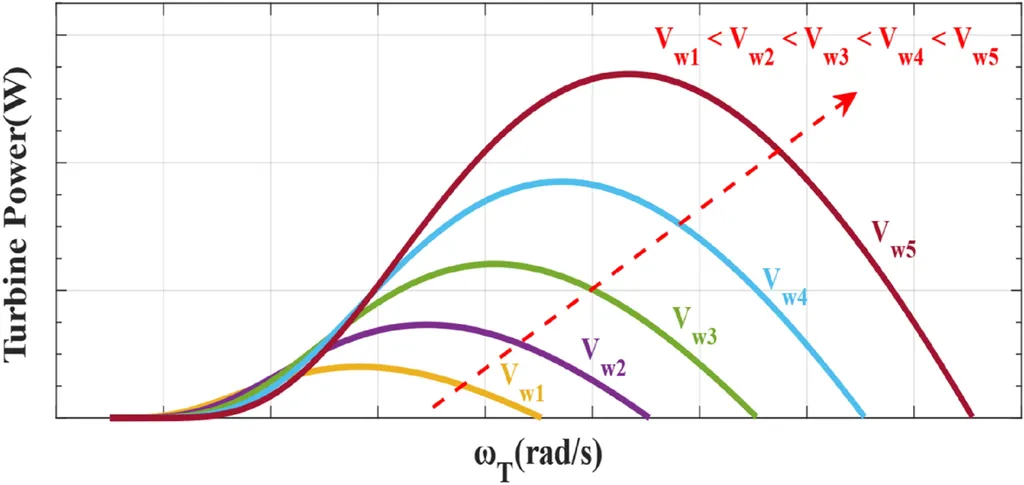In the rapidly evolving landscape of renewable energy, researchers are continually seeking innovative ways to enhance the efficiency and reliability of wind power systems. A recent study published in the journal *AIP Advances* offers a promising advancement in this arena, focusing on the control and optimization of Doubly Fed Induction Generator (DFIG) wind energy systems. The research, led by P. V. S. S. A. Parimala from the School of Electrical and Electronics Engineering at VIT Bhopal University in India, introduces a novel approach that could significantly improve the performance of wind energy systems interconnected with the grid.
The study presents an enhanced control strategy that optimizes both the grid side converter (GSC) and the rotor side converter (RSC) within DFIG systems. The RSC is controlled using the pelican optimization technique, a nature-inspired algorithm that fine-tunes control parameters to achieve optimal dynamic response and minimize power losses. This optimization enables the system to capture maximum wind power while maintaining stability. “The pelican optimization technique has proven to be highly effective in minimizing transient oscillations and improving the robustness of the RSC,” explains Parimala. “This ensures that the system can handle varying wind conditions more efficiently, leading to better overall performance.”
For the GSC, the researchers implemented a Cascaded Tilt Integral Derivative-Proportional Integral Derivative (CTID-PID) controller. This advanced controller structure provides precise current regulation through an inner PI loop and effective DC link voltage management with enhanced transient response through an outer Tilt Integral Derivative (TID) loop. “The CTID-PID controller offers superior regulation of the GSC, resulting in enhanced voltage and frequency stability,” adds Parimala. “This is crucial for maintaining the quality and reliability of the power supplied to the grid.”
The research team conducted comprehensive simulations to evaluate the performance of the proposed control strategy under various operating conditions. The results demonstrated significant improvements in system response, power quality, and grid stability compared to conventional control methods. The pelican optimization technique successfully minimized transient oscillations and improved the robustness of the RSC, while the CTID-PID controller provided superior regulation of the GSC, leading to enhanced overall system performance.
The implications of this research are substantial for the energy sector. As wind power continues to play a pivotal role in the transition to renewable energy sources, the need for advanced control and optimization techniques becomes increasingly important. The strategies outlined in this study could pave the way for more efficient and reliable wind energy systems, ultimately contributing to a more stable and sustainable energy grid.
“This work highlights the potential of advanced optimization and control techniques in improving the efficiency and reliability of wind power generation,” notes Parimala. “By integrating these techniques into DFIG systems, we can enhance the overall performance and stability of wind energy systems, making them a more viable and attractive option for energy providers.”
As the energy sector continues to evolve, the findings of this research could shape future developments in wind power technology. By leveraging advanced control and optimization techniques, researchers and industry professionals can work towards creating more efficient and reliable renewable energy systems, ultimately driving the transition to a cleaner and more sustainable energy future.

